Skirting boards for bathrooms is an important thing to have in mind when designing a bathroom. Designing a bathroom is a fun thing to do when building a house or during renovations and remodeling. It is the time whereby you arrange, organize, and design your bathroom to your satisfaction.
Designing a bathroom has never been easier because there are many things to consider, such as the tiles for the bathroom floor and wall, toilet seat, sink, bathtub, bathroom cabinets, paint color, skirting boards or skirting tiles, and many more. The question is, should bathrooms have skirting boards?
Table of Contents
Should My Bathrooms Have Skirting Boards?
Yes, bathrooms should have skirting boards, especially the MDF moisture resistant skirting boards made with high-density fiberboards, which are certified never to soak up water and swell. But, if you don’t feel comfortable using skirting boards in your bathroom for fear of getting damp or damaged, you can use skirting tiles as it is proven to be more durable and easily wiped clean than skirting boards.
The idea of putting skirting boards in your bathroom is to cover some joints and hide untidy joins in the bathroom, but honestly, instead of using skirting boards in the bathroom, it is better to use skirting tiles. The reason is that skirting tiles are not hard to get and are more durable than skirting boards. You can even use the tiles that remain from your previous work to do the skirting tiles. All you have to do is cut them into smaller equal sizes and use them for your bathroom.
Like I always say, we do many things in the bathroom. Aside from taking baths, we poop, urinate, wash, and do all manner of things in the bathroom, and most of these things involve the use of water, which means that the bathroom is always exposed to moisture. The question now is, what are the reasons to have skirting boards in the bathroom?
Reason to have Skirting Boards in the Bathroom
There are many reasons why you should have skirting boards in your bathroom. These reasons are:
- Skirting boards hide untidy joins in the bathroom: Some messy joins in the bathroom that, if left like that, may degrade the beauty of the bathroom. Adding skirting boards will hide these joins for you.
- Skirting boards form the junction between the construction material: Anytime you need something to create an intersection between the construction materials in your bathroom, skirting boards is the best to use.
- Skirting boards protects the bottom of all from general wear and tear: These wear and tears such as knocks and scrapes from the head of a hoover, vacuum, or mob, and wear and tear from foot traffic, etc., are not very good for the wall. What the skirting boards do is to prevent such knocks from affecting the wall.
- Skirting boards prevent damage to the wall: If your bathroom wall is covered with skirting boards, you are sure the wall will not damage due to the several wears and tear listed above.
- Skirting boards hide the gap between the plaster and the floor: Imagine seeing some annoying gaps after decorating your bathroom. Skirting boards will cover and hide those gaps for you.
- Skirting boards adds character to the bathroom: With the exceptional designs available for you to choose, whether modern or straightforward, decorative and traditional can be used to add character to your bathroom.
Since we can use skirting boards in our bathroom, the question is, which skirting boards are best for the bathroom?
Best Skirting Boards for Bathrooms
The best skirting boards suitable for the bathroom is the MDF moisture resistant skirting boards. In case you don’t know, Medium Density Fiberboard (MDF) is made using wood fibers gotten from hardwoods and softwoods that have been broken down. Both hardwoods and softwoods are bound together with high temperature and pressure coupled with waxes and resins to make the sheets of MDF, which are used to create skirting boards.
Reason why MDF is the best Skirting Boards for Bathrooms
Apart from the fact that MDF skirting boards are water-resistant, there are several other reasons why MDF is the best skirting board for bathrooms. Some of these reasons include:
- MDF skirting boards are cheaper than other skirting boards out there
- It is more common than every other skirting boards out there.
- It is made to last for a very long time, especially if you get the water-resistant one for your bathroom.
- MDF skirting boards has the smoothest surface ever seen on other skirting boards, meaning that painting it will be a lot easier
- MDF skirting boards won’t expand and contract like wood
Notwithstanding, it is important to note that MDF skirting boards have the best quality (high density) and a low quality (low density). You are advised to buy the best quality as they don’t have a fury texture once they have been machined. The MDF moisture-resistant skirting boards have a high-density fireboard, which is the best. No matter how you mob the place or expose it to water, it won’t soak up water and swell, unlike other woods and other standard MDF.
Should I Remove Skirting Boards Before Tiling
Removing the skirting boards before tiling is not always the best idea. It is better to leave them on and call a good tiler who will scribe the tiles to the skirting boards to give it a professional finishing look that will please you. Moreover, you are advised to always put the tiles first before installing your bathroom skirting boards to avoid grout cracking. Doing that will also reduce the amount of error to face while cutting the boards if the wall is not straight.
Conclusion
Skirting boards do not only hide untidy joins; they also form the junction between the construction materials and protect the bottom of the bathroom wall. This is important considering the number of things we do in the bathroom. Skirting boards should be in the bathroom to protect the wall from general wear and tear, such as the knock from a mob, brush, etc. I believe this has answered the question of should bathrooms have skirting boards.
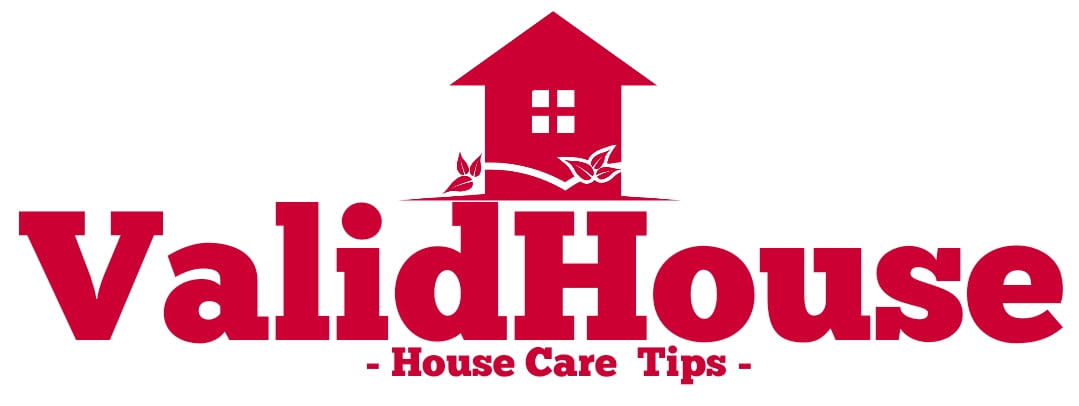
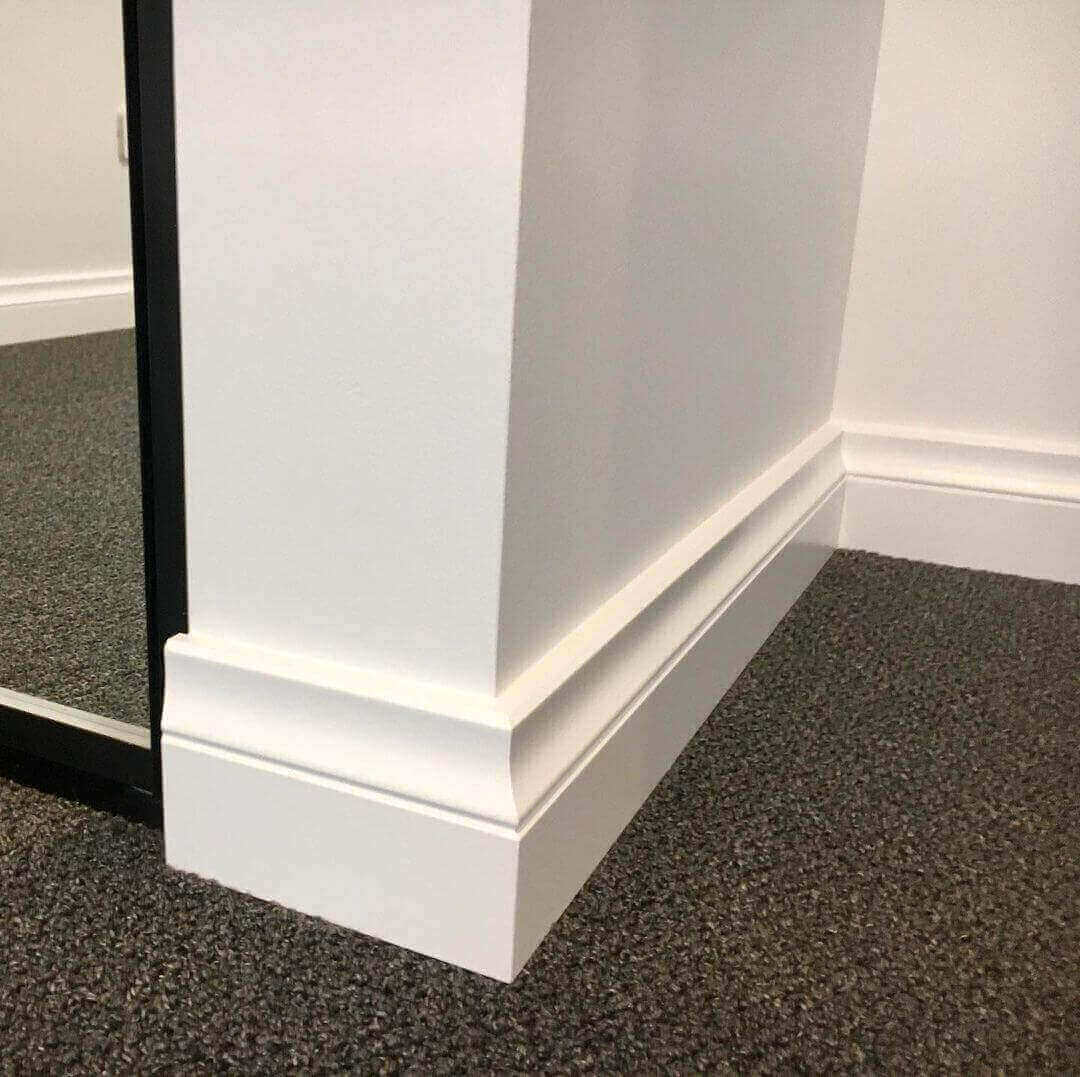
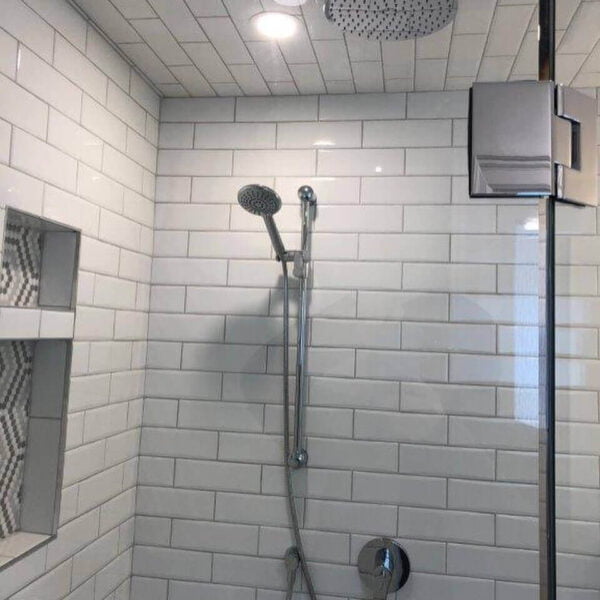
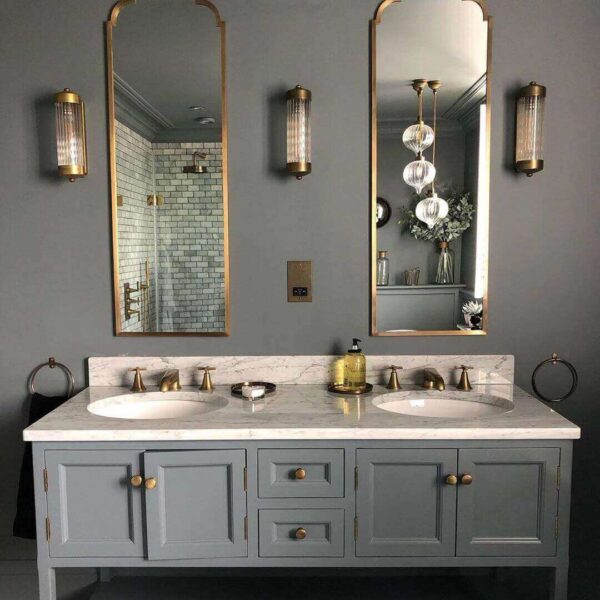
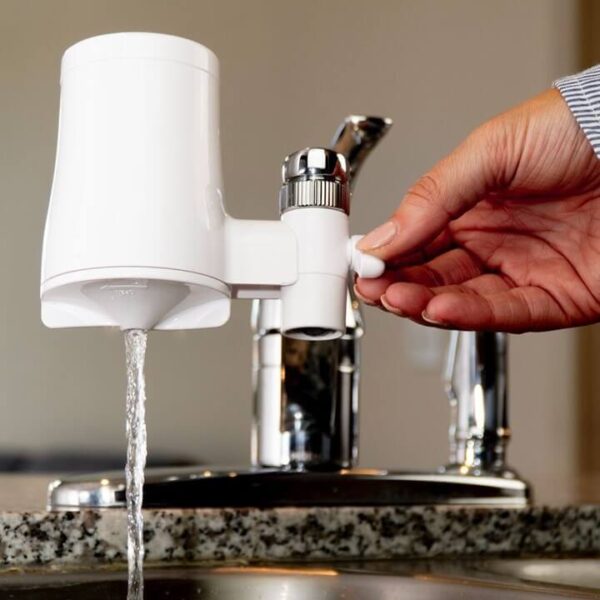
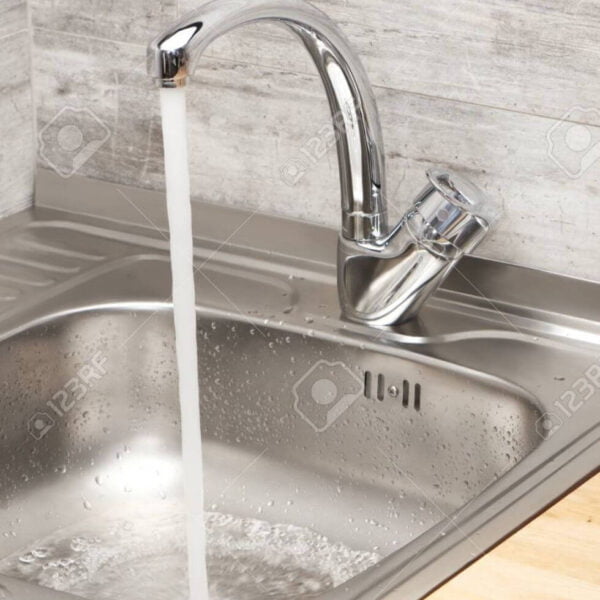
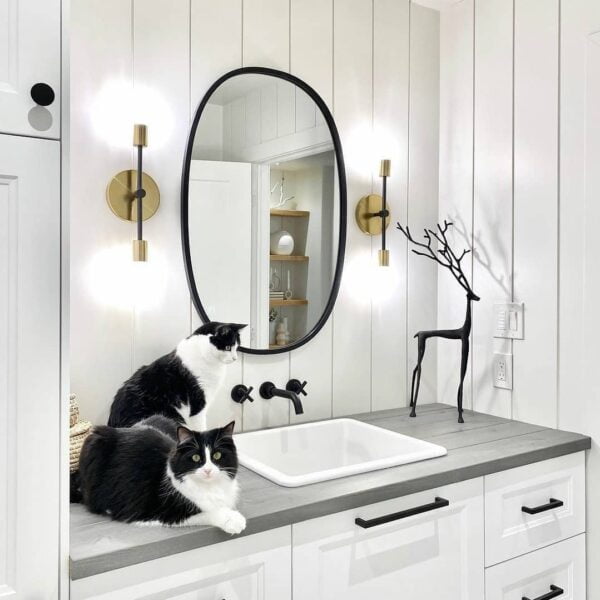
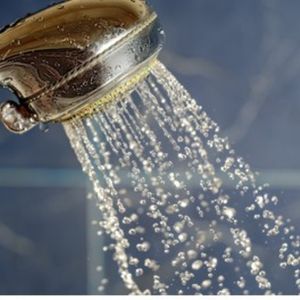
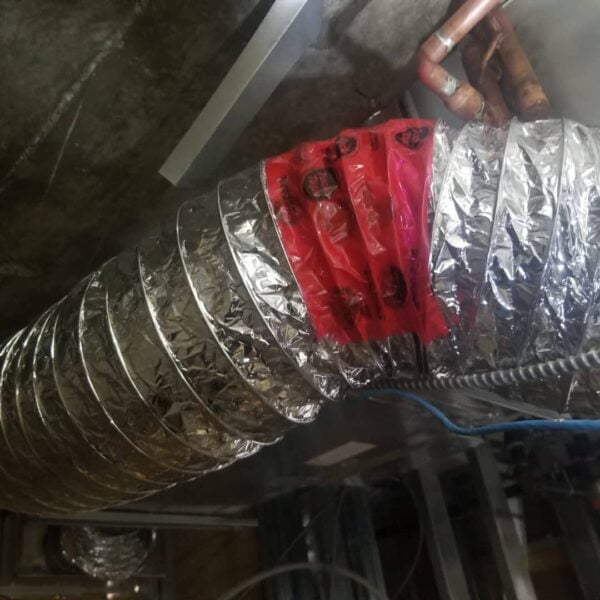
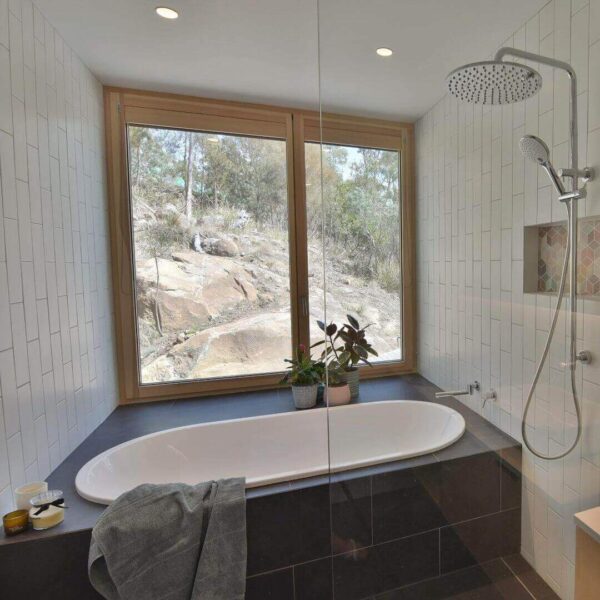
Leave a Comment